Check Point Research (CPR) reports that since mid-2020, we are seeing a steady increase in the weekly number of cyberattacks per organisation globally, with the education/research sector being impacted at a higher rate than others.
In 2020, the COVID-19 pandemic forced organisations to pivot suddenly to a mostly remote workforce. Within a matter of weeks, organisations that had no existing telework programs needed to adapt and update their infrastructure so that their employees, partners and users could work from home. It is now mid-2021 and the end of the pandemic is nowhere in sight, with organisations in many sectors having to deal with an increasingly active and complex threat landscape.
In particular, organisations in the education and research sector are finding themselves engaged in a cybersecurity battle like never before. This includes schools, universities and research facilities. Most recently, the Department of Education in Australia’s New South Wales reported that it experienced a cyberattack which resulted in many of their online platforms shutting down, just days before remote learning was to commence in the new school term.
Ram Narayanan, Country Manager, Check Point Software Technologies, Middle East said: “The pandemic reshaped the online and remote learning models and expedited several years’ worth of IT changes into just a few weeks. When institutions across the globe were plunged into rapid remote learning, students adapted quickly to this model and so did universities and schools. It is also worth mentioning that educational institutions that weren’t digitally ahead did find it challenging to adapt and prepare for the new normal. As organisations scrambled to restructure their network and security environments overnight, the move to the cloud and digital transformation efforts were accelerated. This rapid move resulted in security gaps and new opportunities for cyber criminals. Institutions now look to close security gaps and secure their networks – from students and teachers PCs and mobiles to the enterprise data centres and the cloud, with a holistic, end-to-end security architecture. Organisations in the education sector should be proactive in their protection strategies. It’s important to constantly change and strengthen the passwords and use technologies that prevent cyber-attacks, such as ransomware. As a leading provider of cybersecurity solutions globally, Check Point Software is helping customers from different sectors in the region with solutions to close and eliminate these security gaps and build a scalable platform.”
In fact, in July 2021, education/research was the sector that experienced the highest volume of attacks, with an average of 1,739 attacks per organisation weekly. This was a 29% increase from the first half of 2021 globally. The only sector which made a higher change from the first half of 2021 was Leisure, at 51%, as one might expect during the summer months.
Tips for academia, staff and students to stay protected
- Passwords matter: It is a good idea to review and strengthen passwords that you use for logging onto remote resources, such as email or work applications.
- Be phishing-aware: Be wary of clicking on links that look in any way suspicious and only download content from reliable sources that can be verified. Remember that phishing schemes are a form of social engineering so if you receive an email with an unusual request, check the sender’s details carefully to make sure that you are communicating with colleagues, not cyber criminals.
- Reduce attack surface: A common approach in information security is to reduce the attack surface. For endpoints, you need to take full control of peripherals, applications, network traffic and your data. You need to encrypt data when it is in motion, at rest and in use. It is also important to make sure you enforce your corporate policies to achieve endpoint security compliance
- Anti-ransomware technology allows you to detect signs of ransomware and uncover running mutations of known and unknown malware families by using behavioural analysis and generic rules
- Contain and remediate: Contain attacks and control damage by detecting and blocking command and control traffic and prevent the lateral movement of malware by isolating infected machines. You can then remediate and sterilise your environment by restoring encrypted files, quarantining files, kill processes and sterilising the full attack chain.
Today more than ever, endpoint security plays a critical role in enabling your remote workforce. Harmony Endpoint provides comprehensive endpoint protection at the highest security level, crucial to avoid security breaches and data compromise.



Add a Comment